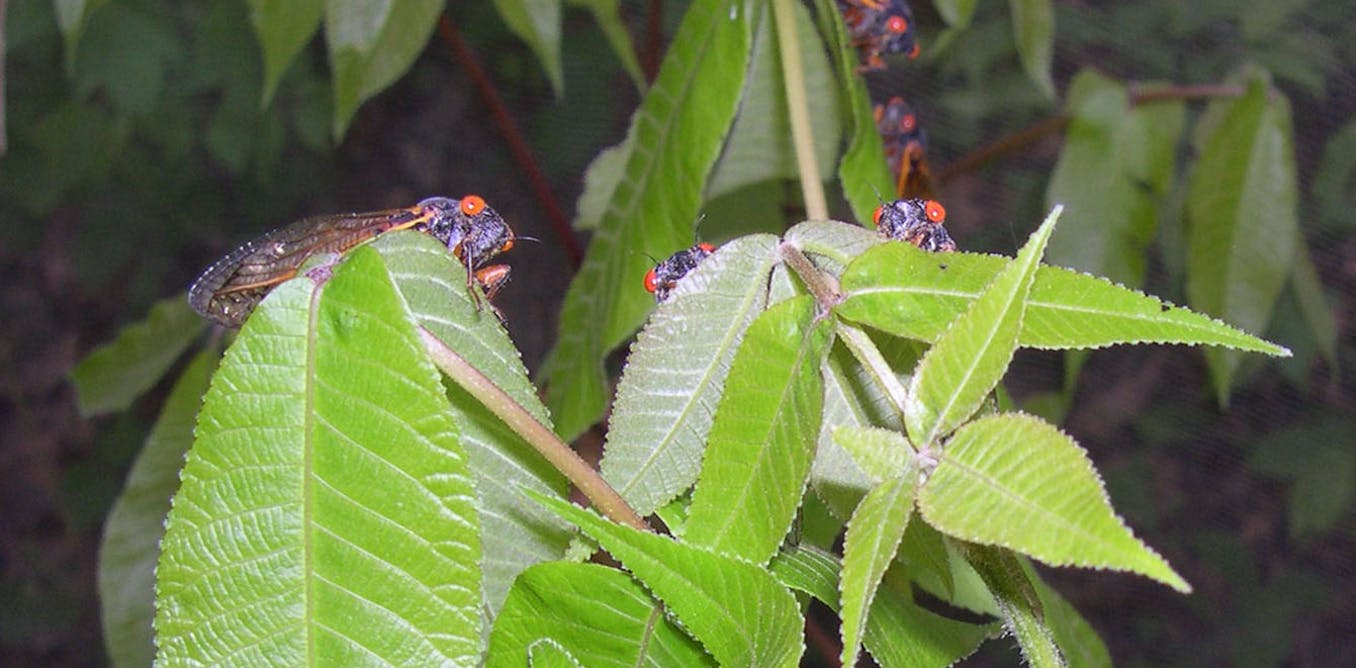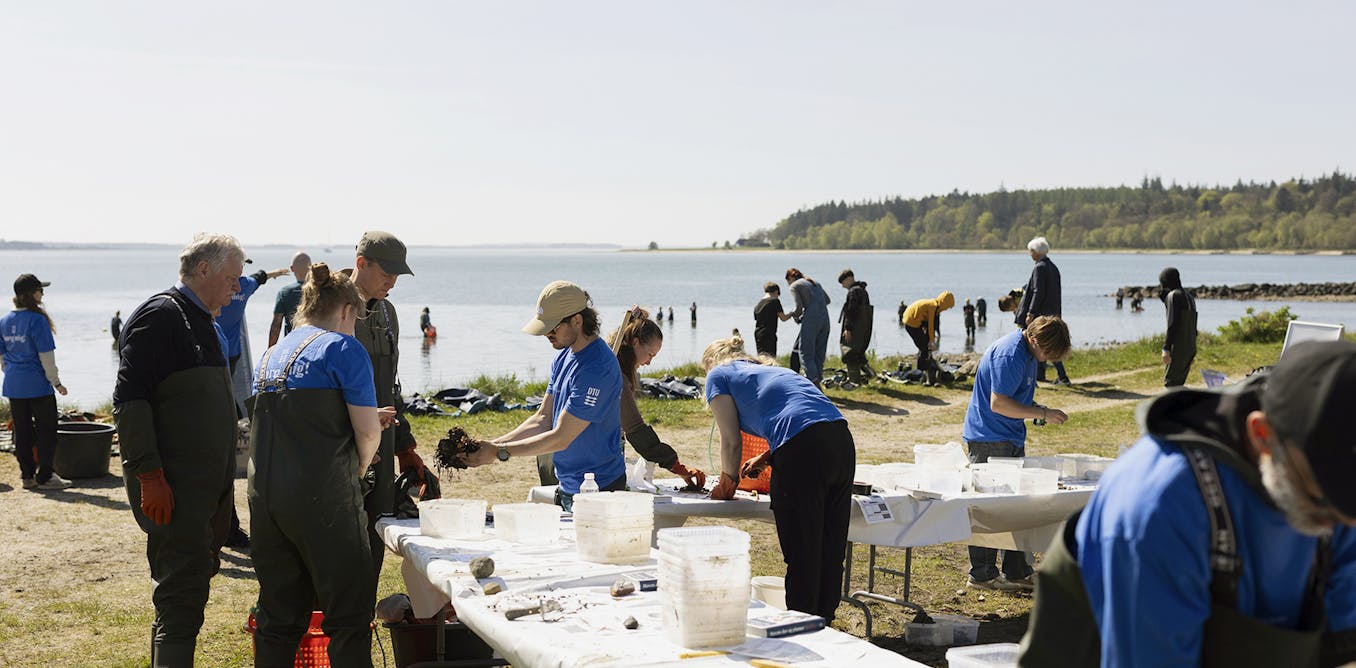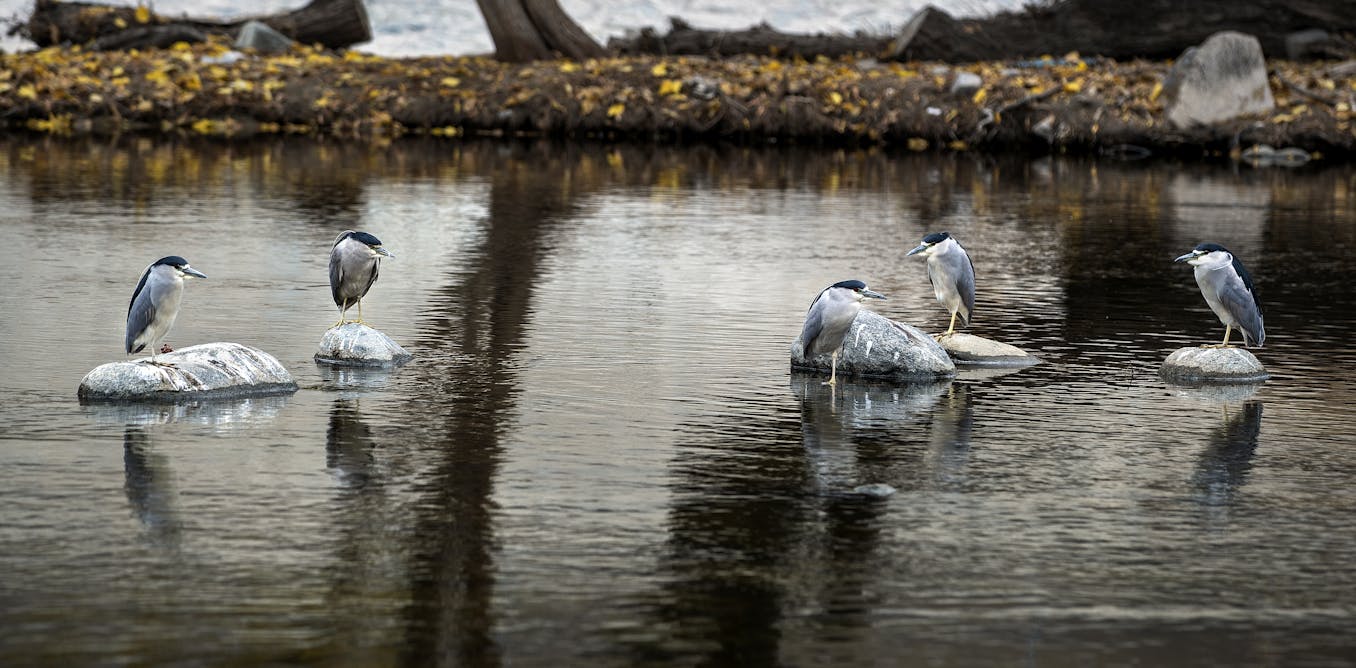Billions of cicadas are emerging, from Cape Cod to north Georgia – here’s how and why we map them
Two ecologists explain why a misleading map is worse than no map at all, and how they have worked for years to track the emergences of 13-year and 17-year cicadas.
May 22, 2025 • ~9 min










